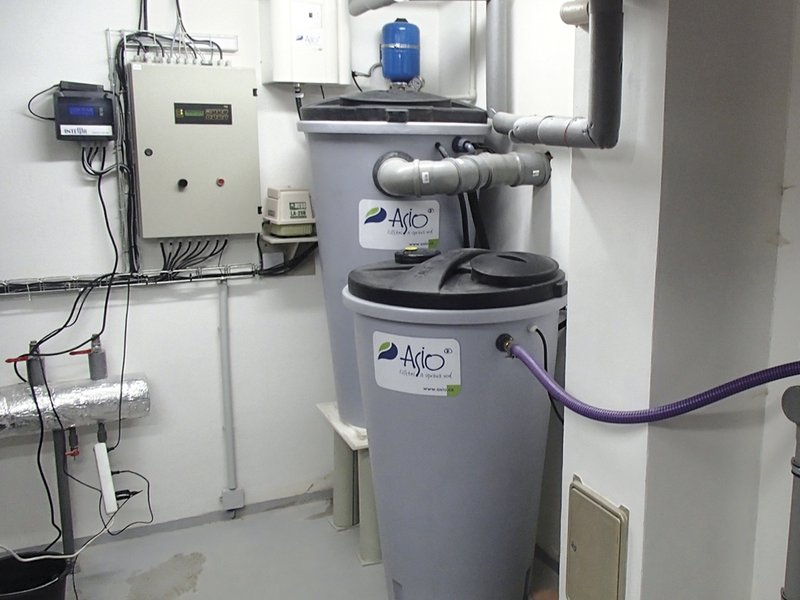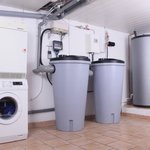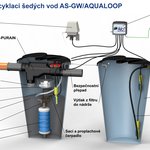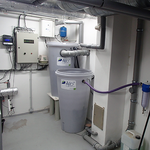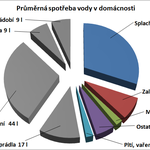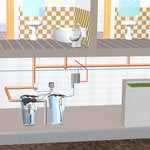They are compact greywater treatment plants for both, single family houses and apartment buildings. Sizes of these treatment plants range from 4 to 144 PE (population equivalents). They are made of standard elements, which are conveniently combined, making them suitable for both, new buildings as well as renovation projects. With increasing prices of drinking water, water reuse is becoming ever more important. The economical and environmentally friendly technology employed in the AS-GW system is characterized by low energy consumption and independence on climatic conditions.
Greywater recycling systems collect and treat wastewater from showers, sinks, washing machines and technological processes, i.e. water that does not contain human waste products (urine and faeces). The systems produce high-quality process water for further use.
Why to use AS-GW?
- Drinking water conservation independent of rain
- Short payback period – savings in the costs of drinking water and discharged sewage water fees
- Energy undemanding technology – high-quality treatment of less contaminated water
- Small spatial requirements – the use of the membrane technology lessens requirements for space and thus reduces investment expenses
- Use of a well-proven membrane technology - Limited sources of good-quality drinking water – protection of the environment and water sources
There are many ways of how to use greywater ….
- Single family houses – a regular single family house consumes, on average, about 600 litres per day, out of which up to 50% may be reused
- Apartment buildings – the use of greywater and rainwater can be advantageously combined there, resulting in higher savings
- Hotels and wellness centres – they produce large quantities of greywater. Water consumption in hotels ranges from 125 to 200 litres per guest per day
- Sports centres – large areas need to be irrigated; treated greywater can be used for this purpose
- Commercial and industrial buildings - there is a large production of greywater from showers and sinks and this water can be reused (e.g. for flushing toilets)
Technology description
Wastewater flows into the reaction vessel through a filter of mechanical particles, where it is biologically treated. A membrane module containing an aeration system on its bottom is built-in in the reaction vessel. There is a pump placed above the membrane module, which, utilizing negative pressure, sucks water through the membranes and to the accumulation reservoir of the treated water. The reaction vessel is furnished with an emergency overflow. Drinking water can be added to the system.
